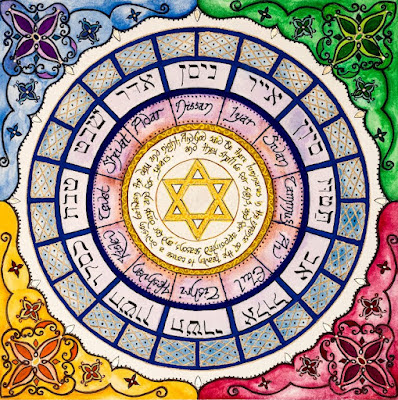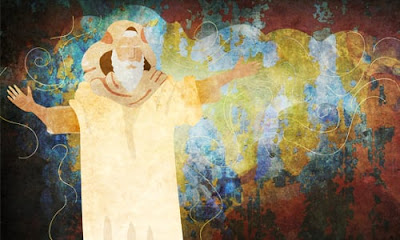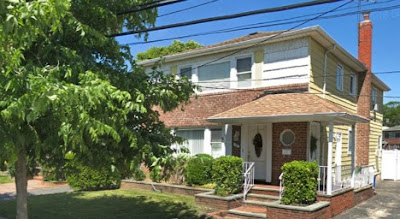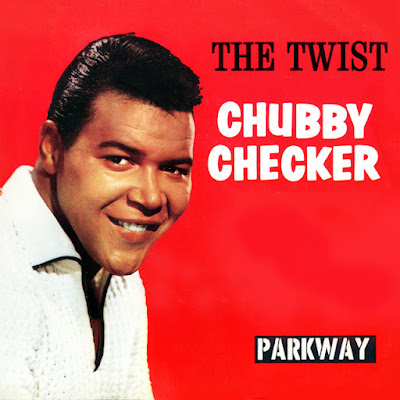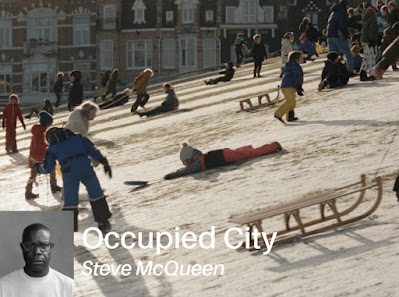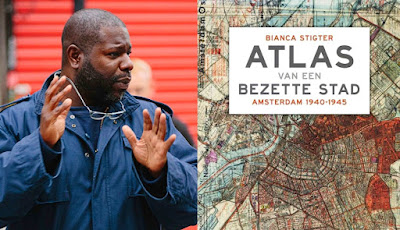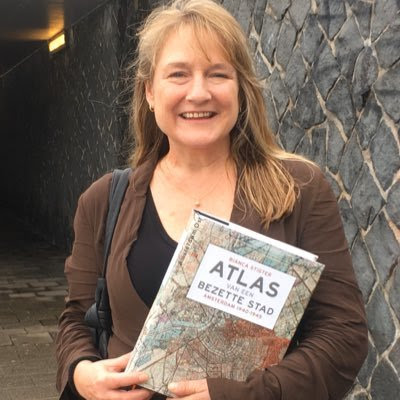In The World: It may be hard to believe, but Abq Jew - known to be so into music - has just started to read a new book - an unexpectedly marvelous Father's Day gift - about the Metropolitan Museum of Art in New York.
You don't forget your first visit to the Met.
I was 11 years old and had travelled to New York from our home outside Chicago with my mother.
I remember a long subway ride to the remote-sounding Upper East Side, and the storybook feel of that neighbourhood: doormen in livery, proud stone apartment towers, and wide, famous avenues.
My first glimpse of the museum was of its generous stone entry stairs. The Met’s façade was impressive in a familiar sort of way, very columny and Greek.
The magical part was that as we drew nearer, it kept growing wider and wider, so that even out front by the hot dog carts and the geysering fountains, we were never able to get the entire museum into view.
I immediately understood itas a place of impossible breadth.
We climbed the marble stairs and passeda threshold into the Great Hall.
As Maureen, my mom, queued up to make our "suggested donation" (even a nickel would have gotten us in), she encouraged me to wander a lobby that seemed no less grand than Grand Central Terminal's, and full of the same energy from people preparing to venture someplace.
Through the entrance on one end of the hall I could make out a snowstorm of blinding white statuary, perhaps Greek. Through an entrance on the other side, a sandy-colored tomb was just visible, surely the way to ancient Egypt.
Directly ahead, a wide, straight, majestic run of stairs concluded in a color-splashed canvas appearing as large and taut as a ship sail. We affixed our little tin entry pins to our collars, and it seemed only natural that we should keep climbing.
Metropolitan Museum of Art and its treasures
by a former New Yorker staffer
I took the lead that day at the Met and barrelled us through at fantastic speed, haunted by the suspicion a yet more unmissable sight lay just around the next corner. Roaming the old master wing, I was stopped and held fast by Pieter Bruegel’s The Harvesters, from 1565.
I responded to that painting in a way that I now believe is fundamental to the peculiar power of art. Namely, I experienced the great beauty of the picture even as I had no idea what to do with that beauty.
I couldn’t discharge the feeling by talking about it – there was nothing much to say. What was beautiful in the painting was not like words, it was like paint – silent, direct, and concrete, resisting translation even into thought.
As such, my response to the picture was trapped inside me, a bird fluttering in my chest. And I didn’t know what to make of that. It is always hard to know what to make of that.
As a guard, I will be watching countless visitorsrespond in their own ways to the curious feeling.
And that's just Chapter I!
Abq Jew has not had the privilege of visiting the Met Fifth Avenue in many years - but now certainly looks forward to his next journey.
Even though the admission price (not a "suggested donation") for us senior visiting New MexiJews is up to $22. Adults are charged $30.; students are charged $17; Members, Patrons, and kids are free.
Yes, Abq Jew enjoys receiving books as presents, buying himself books as gifts, and - of course - reading good books for pleasure and enlightenment.
Thus, the question must now be asked (it must! it must!):
How Many Books Does a Person Need?
It turns out that the blog LibrarianShipwreck has probed the question and provided an answer. (Abq Jew thanks FB Friend I S for pointing this out.) LibrarianShipwreck writes:
Suggesting that people might want to reduce the number of books they have is a surefire way to anger bibliophiles, offend amateur librarians, stir up people who enjoy getting riled up over advice not really meant for them, and frighten bookstore owners.
Regardless of what the real contents of the original suggestion may have been, or the context in which this advice was couched, to suggest that people may have more books than they really need is seen by some as a declaration of war.
And yet, it may well be that such a controversy is reflective of one of the great existential quandaries that has plagued humankind since Gutenberg’s day, namely:
Just how large a library does a person need?
ICYMI - Rabbi David Wolpe, Senior Rabbi of LA's Sinai Temple, is stepping down after a renowned tenure (named The Most Influential Rabbi in America by Newsweek and one of the 50 Most Influential Jews in the World by The Jerusalem Post) of 20+ years.
And - per Facebook - he's trimming his library.
Sinai Temple is giving you an opportunity to own books from the library of Rabbi David Wolpe. Over his 20+ year tenure at Sinai Temple, he has amassed thousands of books including memoirs, biblical texts, history tomes, political books, poetry collections and more.
For one week only, his library is open to you. Come walk the bookshelves in his former office and take whatever books inspire you and pique your curiosity.
Abq Jew is tempted to make the trip, even though arriving home with more books might not support the rabbinic principle of Shalom Bayis. Of Abq Jew's current collection of 150 - 300 books (estimated), LibrarianShipwreck writes:
Some cryptozoologists have suggested that once a collection of books crosses the 150 books mark it actually ceases to simply be a collection of books. Rather, at this point the books achieve a sort of self-awareness of themselves as a book and as a library.
Thus, this is no longer just a bunch of books, but a cryptid that it is committed to its own survival and to its own growth. What’s more this is not some mindless gibbering eldritch horror, but a clever and composed entity that carefully conceals its existence.
Yet late at night it whispers in the darkness,encouraging the person who has brought this creatureto consciousness to accumulate more books.


_-_Central_Park,_NYC.jpg)














